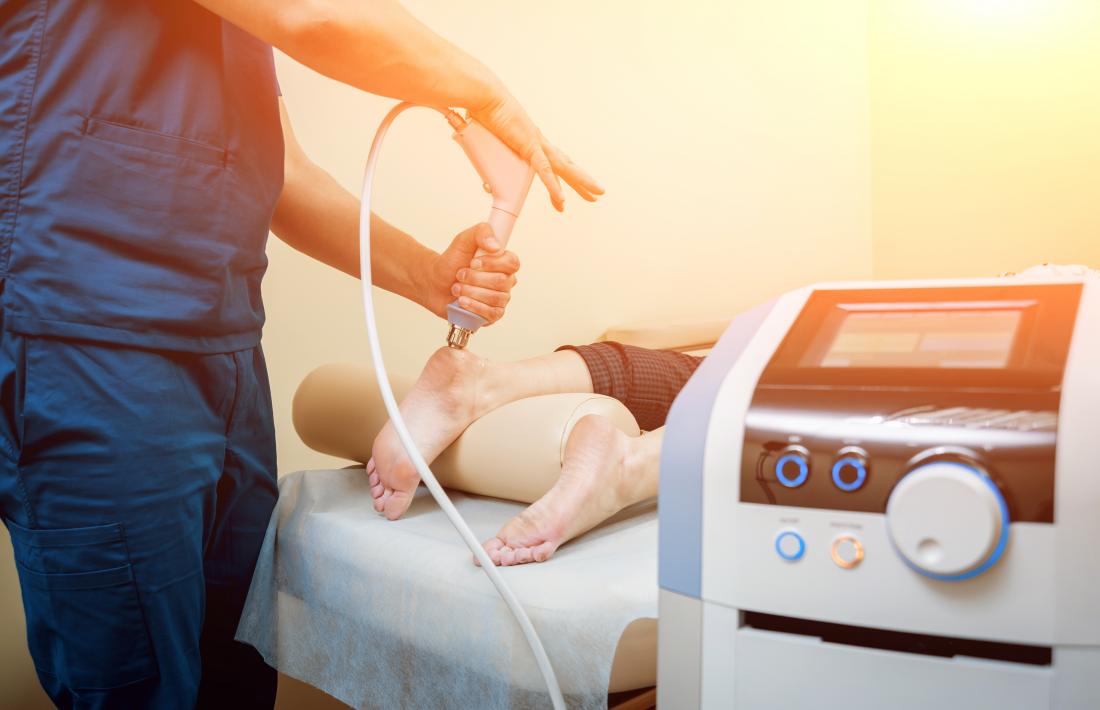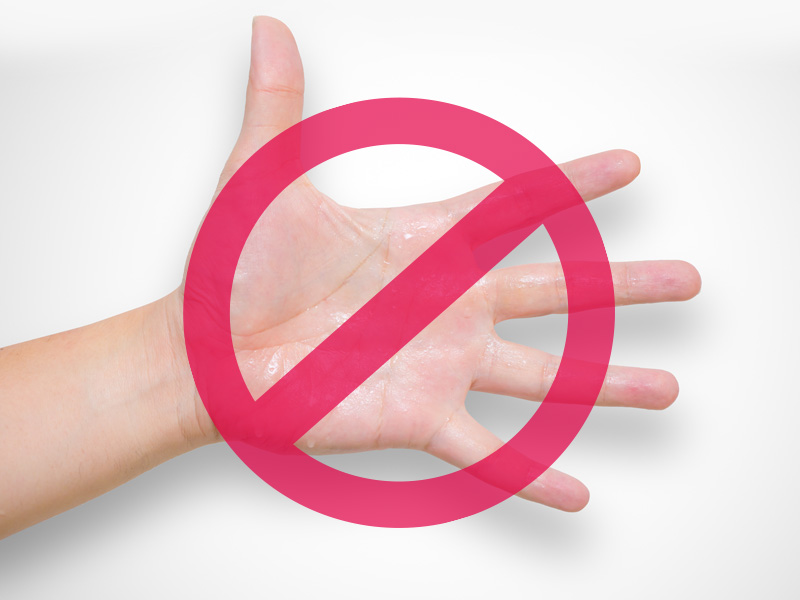Dermatology Tips and Treatments for Hyperhydrosis of Hands: Cutting-edge Solutions
Dermatology Tips and Treatments for Hyperhydrosis of Hands: Cutting-edge Solutions
Blog Article
Revealing the Intricacies of Excessive Sweating: A Comprehensive Guide to Medical Diagnosis and Management
Too much sweating, clinically understood as hyperhidrosis, is a problem that affects a considerable number of people and can have an extensive effect on their quality of life. While sweating is an all-natural physical function, its overactivity in hyperhidrosis presents an one-of-a-kind collection of obstacles that frequently go beyond mere discomfort.

Recognizing Hyperhidrosis Causes
Hyperhidrosis triggers can be associated to various variables such as genes, hormonal discrepancies, and specific clinical problems. Genetics play a substantial function in primary focal hyperhidrosis, where individuals acquire the condition from their household participants. This kind of hyperhidrosis frequently materializes in certain locations like the palms, soles of the feet, underarms, and face. Hormone imbalances, especially an over active thyroid gland or menopausal changes, can additionally activate too much sweating. In addition, specific medical conditions such as diabetic issues, heart disease, and infections can cause additional generalised hyperhidrosis. These underlying wellness issues can disrupt the body's natural air conditioning system, triggering the sweat glands to become overactive. Comprehending the origin creates of hyperhidrosis is important in diagnosing and efficiently handling this condition. By determining the details elements adding to extreme sweating, doctor can tailor treatment strategies to deal with the underlying cause, supplying relief and enhancing the quality of life for people affected by hyperhidrosis.
Acknowledging Hyperhidrosis Effects

Additionally, hyperhidrosis symptoms may manifest in psychological and social distress, as people might really feel embarrassed or distressed regarding their sweating, leading to avoidance of social situations (Treatment for hyperhydrosis of hands and feet). Furthermore, duplicated episodes of too much sweating can cause skin maceration, fungal infections, and a general decrease in self-confidence
Diagnostic Process for Hyperhidrosis
Starting the diagnostic process for too much sweating involves complete evaluation of the person's clinical background and physical examination. Asking about the start, period, and sets off of sweating episodes is vital to set apart in between main focal hyperhidrosis and additional generalized hyperhidrosis. Medical background ought to also include inquiries about medicines, clinical conditions, and family background of hyperhidrosis.
Throughout the physical exam, certain interest is paid to the locations affected by sweating. The health care service provider might assess the extent of sweating, look for indicators of underlying problems, and assess the influence of sweating on the individual's lifestyle. In addition, certain tests like the gravimetric examination, starch-iodine examination, or skin conductance measurements might be performed to quantify the amount of sweat generated.
In addition, in cases where additional hyperhidrosis look at here is presumed, added examinations such as blood examinations, urine tests, and imaging researches may be advised to recognize the underlying root cause of excessive sweating. The diagnostic process intends to accurately figure out the type and reason for hyperhidrosis to assist ideal management methods.
Treatment Options for Hyperhidrosis
When dealing with excessive sweating, various therapy choices are offered to alleviate signs and enhance the person's high quality of life. The treatment method for hyperhidrosis relies on the intensity of signs and the individual's reaction to preliminary therapies.
Topical treatments, such as aluminum-based antiperspirants, are often suggested as the initial line of read this protection for managing light instances of hyperhidrosis. For individuals with much more serious signs, oral medicines like anticholinergics may be recommended to assist reduce sweating.

Effective Administration Methods
To effectively manage hyperhidrosis, a detailed and individualized treatment strategy customized to the client's certain demands and feedback to previous therapies is vital. Iontophoresis, including the usage of a reduced electrical current to lower sweat gland activity, can be helpful for both palmoplantar and axillary hyperhidrosis. A multidisciplinary method involving skin specialists, primary treatment medical professionals, and, if needed, cosmetic surgeons, can enhance the administration of hyperhidrosis.
Verdict
In final thought, hyperhidrosis is a problem defined by too much sweating, which can significantly affect an individual's top quality of life. With appropriate diagnosis and management methods, individuals experiencing from hyperhidrosis can find relief and enhance their overall well-being.
Too much sweating, clinically understood as hyperhidrosis, is a problem that affects a substantial number of individuals and can have an extensive impact on their high quality of life. By recognizing the certain factors contributing to extreme sweating, medical care service providers can why not try here tailor treatment strategies to deal with the underlying cause, offering alleviation and enhancing the high quality of life for individuals affected by hyperhidrosis.
Hyperhidrosis, identified by extreme sweating past what is necessary for controling body temperature level, can considerably affect an individual's quality of life. Asking concerning the onset, duration, and activates of sweating episodes is crucial to differentiate in between main focal hyperhidrosis and second generalised hyperhidrosis. How to stop sweaty hands.In final thought, hyperhidrosis is a problem identified by too much sweating, which can greatly affect an individual's high quality of life
Report this page